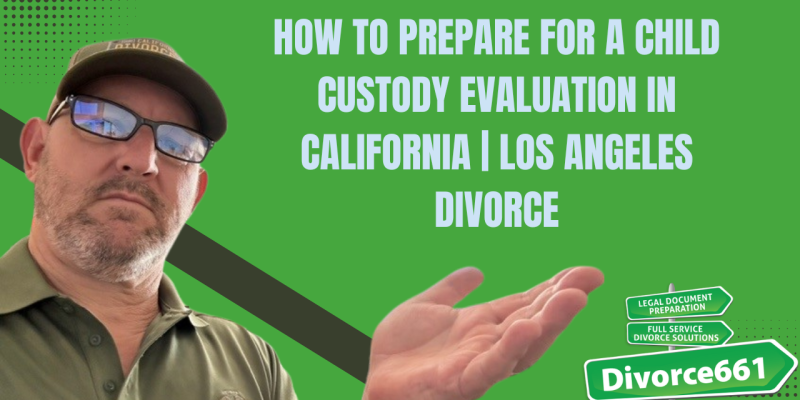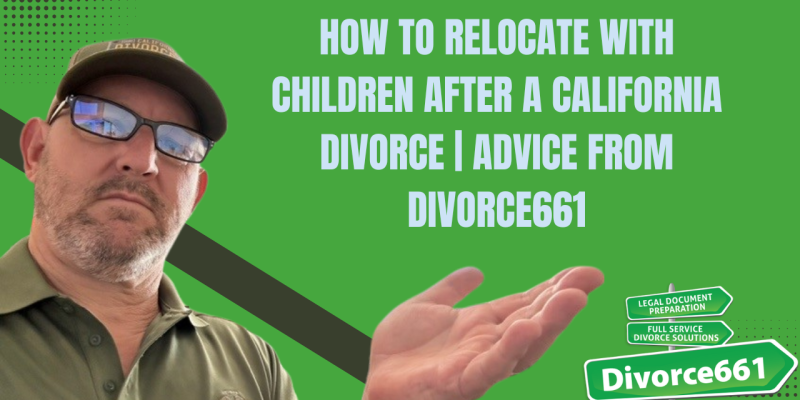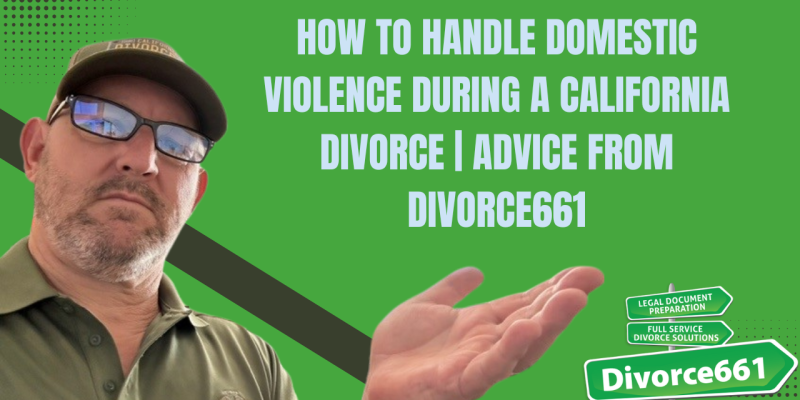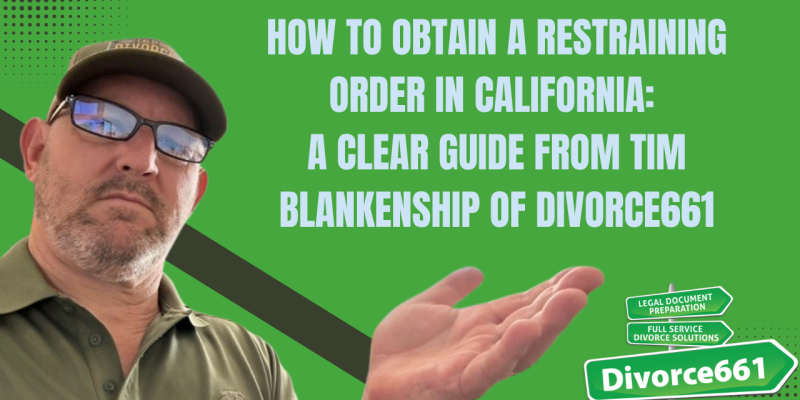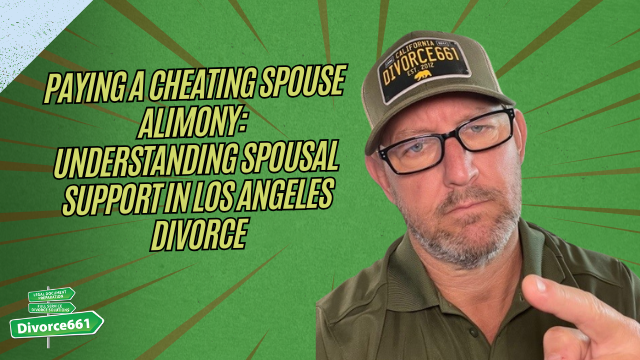❌ How to Annul a Marriage in California? | Los Angeles Divorce
I’m Tim Blankenship from Divorce661. In this post I’ll walk you through what an annulment really is in California, the narrow grounds that qualify, how the process works, and whether an annulment is the right option for you. If you’d rather speak with someone directly, I offer a free consultation at Divorce661.com and provide flat-fee, 100% remote services across California.
What is an annulment?
“An annulment erases a marriage as if it never existed.”
Unlike a divorce, which ends a legally valid marriage and divides assets and responsibilities going forward, an annulment treats the marriage as void or voidable — meaning the law can declare it never existed. Because of that, annulments are only available in very specific and serious circumstances.
Grounds for annulment in California
California grants annulments only when one of a few strict legal conditions is present. These are not casual grounds — they require proof. Common grounds include:
- Bigamy: One spouse was already legally married to someone else at the time of your marriage. If true, the second marriage can be voided.
- Fraud: One party was induced to consent to the marriage because of intentional deception about something essential to the marriage (for example, identity, intent to procreate, or a concealed existing marriage).
- Force or coercion: One party was compelled to marry against their free will — threats, physical force, or severe pressure that negated consent.
- Incapacity: One party lacked the mental capacity to consent (due to mental illness, intoxication, or similar conditions) or was underage and did not have the required parental or judicial consent.
Each ground has specific legal standards and timelines, so evidence and timing matter a lot.
Real case example: bigamy
Here’s a real example from our practice: a client discovered their spouse was still legally married to someone else. That made the second marriage voidable for bigamy. Instead of filing a lengthy divorce, we filed the correct annulment paperwork and the court voided the marriage. The key was filing the right documents with solid proof of the prior marriage — which made the process much smoother and faster than a contested divorce.
Annulment vs. Divorce — key differences
- Legal effect: Annulment treats the marriage as never having existed; divorce recognizes the marriage existed and ends it.
- Grounds: Annulments require specific legal defects (fraud, bigamy, coercion, incapacity). Divorce only requires irreconcilable differences (no-fault in California).
- Property and support: The court can still address property division, child custody, and child support even if a marriage is annulled, but there are different legal theories for how assets and obligations are handled.
- Timing & proof: Annulments often require proof of a defect at the time of marriage and sometimes must be brought within particular timeframes.
How an annulment process typically works
- Consultation: Review your circumstances to determine whether you have legal grounds for an annulment.
- Gather evidence: Documents that prove fraud, bigamy, coercion, or incapacity (marriage certificates, prior marriage records, communication showing deception, police reports, medical records, etc.).
- File paperwork: Prepare and file the petition for annulment and related forms with the court. Proper filing is critical — incorrect forms can delay or derail the case.
- Service: Serve the other party with the petition unless the facts make service impractical or the spouse admits the grounds.
- Hearing or default: If the other party contests, there will be a hearing where evidence is presented. If uncontested, the court may grant the annulment without a full trial.
- Judgment: If the court finds the legal grounds met, it will issue a judgment voiding the marriage.
Because these steps involve legal standards and proof, having correct paperwork and a clear strategy matters. That’s why many people choose professional help.
Who should consider an annulment?
Consider an annulment if you suspect the marriage is legally invalid for one of the grounds listed above. Typical scenarios include discovering a spouse was already married, evidence of fraud that goes to the heart of consent, forced marriages, or marriages where one party lacked legal capacity (such as underage marriages without proper consent).
If your situation doesn’t meet annulment standards, a divorce is usually the appropriate path. Either way, understanding your options early saves time and emotional stress.
If you don’t qualify for an annulment
Not qualifying for an annulment doesn’t leave you without options. California is a no-fault divorce state, so you can pursue a standard dissolution of marriage based on irreconcilable differences. We help clients navigate both annulments and divorces and can explain which route best protects your interests.
Why work with Divorce661?
- Flat-fee services: Transparent pricing so you know the cost upfront.
- 100% remote filing: Handle everything from home — paperwork, filing, and communication.
- Experience with annulments: We know the evidence and filings that make the difference between success and delay.
- Free consultation: We’ll review your situation and recommend the right legal path — annulment or divorce.
Next steps
If you think your marriage might be void or voidable, don’t wait. Get a free consultation at Divorce661.com and we’ll help you determine whether you qualify for an annulment or should pursue a divorce. Our flat-fee, remote process is designed to reduce stress and get you the result you need.
Visit: Divorce661.com
For a direct consultation: https://divorce661.com/divorce661-consultation/
Take control of your future
Understanding whether an annulment is possible can save you time, expense, and emotional strain. If you have questions or want help reviewing your situation, reach out — we’re here to guide you every step of the way.




